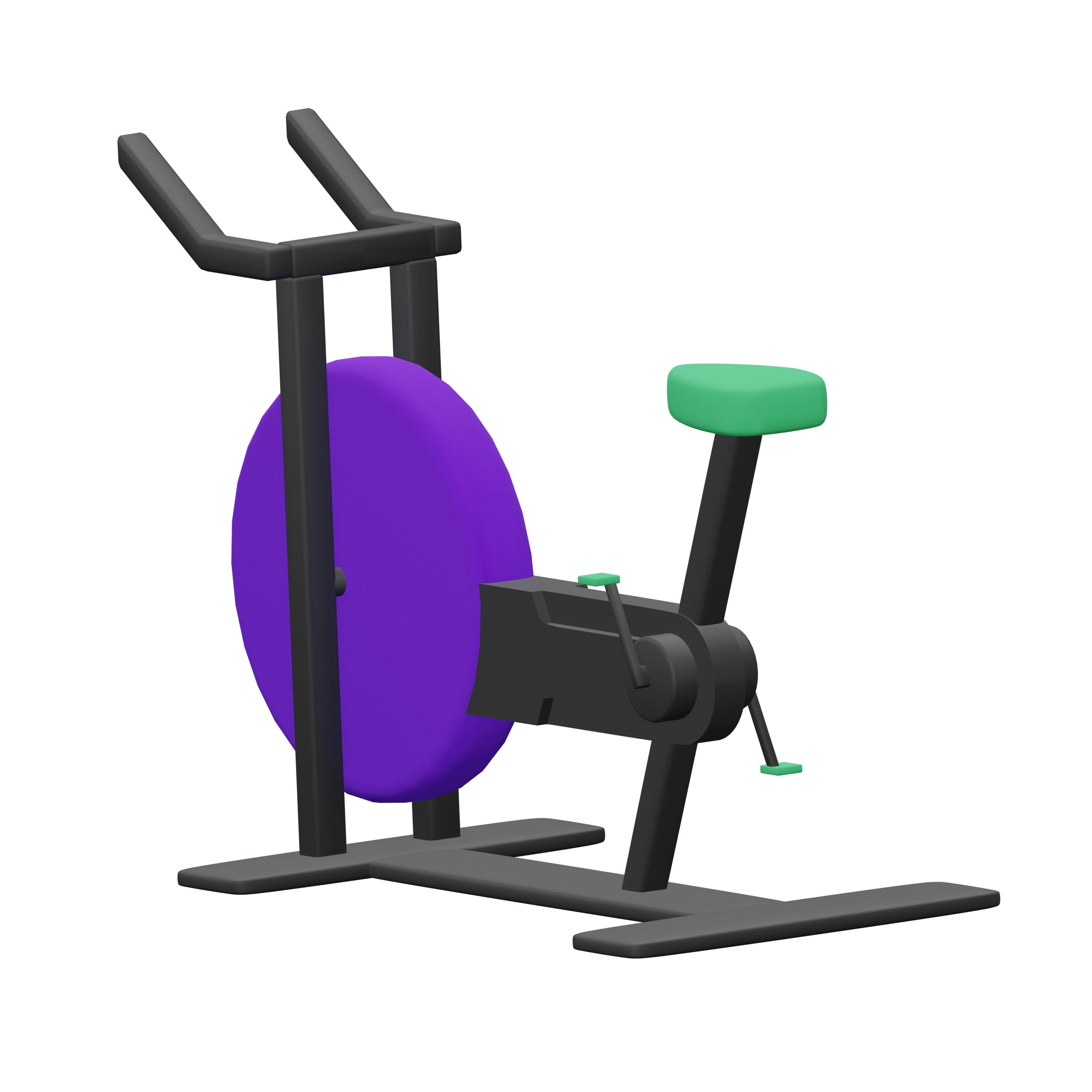In the rhythmic dance of feet pounding pavement, marathon running emerges as both a physical challenge and a testament to human resilience. Yet, behind the exhilarating race day lies a journey of preparation, where endurance becomes the steadfast companion of every aspiring marathoner. Building this endurance is akin to crafting a masterpiece; it requires patience, dedication, and a strategic approach. This article delves into the art and science of developing the stamina needed to conquer 26.2 miles, guiding you through the essential steps and insights to transform your marathon dreams into reality. Whether you’re a novice runner or a seasoned athlete, discover the secrets to nurturing your endurance and crossing the finish line with confidence.
Fueling the Long Haul Nutrition Strategies for Marathon Runners
- Carbohydrate Loading: As marathon day approaches, focus on increasing your carbohydrate intake. This practice helps to maximize glycogen stores in your muscles, providing sustained energy throughout the race. Opt for whole grains, fruits, and vegetables to get the most out of your carbs.
- Hydration: Proper hydration is crucial for maintaining performance and preventing fatigue. Regularly consume water and electrolyte-rich drinks, especially during long training sessions. Aim to establish a hydration routine that matches your sweat rate.
- Protein for Recovery: While carbs are king for energy, don’t neglect protein. Incorporating lean meats, dairy, or plant-based proteins into your diet aids muscle repair and recovery. This ensures you’re ready for the next run, reducing the risk of injury.
- Healthy Fats: Include sources of healthy fats, such as avocados, nuts, and seeds, to support overall energy levels and joint health. They also play a role in vitamin absorption, which is crucial for maintaining a strong immune system during intense training.
- Timing is Key: Pay attention to meal timing to optimize energy levels. Eating a balanced meal with carbohydrates and protein 3-4 hours before a long run can provide sustained energy, while a small snack 30 minutes before can give an extra boost.

Mind Over Miles Mental Techniques to Boost Your Stamina
Enhancing your mental fortitude is just as crucial as building physical strength when it comes to conquering those daunting marathon distances. A strong mind can push you through the toughest miles, turning potential barriers into stepping stones. Here are some powerful mental techniques to enhance your stamina:
- Visualization: Picture yourself crossing the finish line, feeling the triumph and exhilaration. Regularly visualizing success can condition your mind to overcome physical challenges.
- Positive Self-Talk: Replace negative thoughts with empowering affirmations. Simple phrases like “I am strong” or “I can do this” can transform your mindset and keep you motivated.
- Mindful Breathing: Focus on your breathing patterns to maintain calmness and control. Deep, rhythmic breathing can help reduce stress and conserve energy.
- Chunking: Break the marathon into smaller, more manageable segments. Celebrate small victories as you reach each milestone, boosting your confidence and endurance.
By integrating these techniques into your training, you’ll not only build endurance but also develop a resilient mindset that empowers you to tackle the miles ahead with unwavering determination.

Pacing the Path Effective Training Schedules for Endurance Building
Designing a training schedule that balances intensity with rest is crucial for boosting your stamina. A well-structured plan should include a variety of workouts that not only build physical endurance but also enhance mental resilience. Here’s a glimpse of what an effective schedule might incorporate:
- Long Runs: These are the cornerstone of marathon training. Aim to gradually increase your distance each week, allowing your body to adapt to the demands of extended periods of running.
- Tempo Runs: Designed to improve your speed and pacing, these runs should be performed at a comfortably hard pace. Incorporating tempo runs into your routine helps to enhance your lactate threshold.
- Interval Training: Include short bursts of high-intensity running followed by recovery periods. This type of training boosts cardiovascular capacity and builds muscle strength.
- Cross-Training: Activities such as cycling, swimming, or yoga can improve flexibility and prevent injury by providing a break from the repetitive motion of running.
- Rest Days: Essential for recovery, these days allow your muscles to repair and strengthen, reducing the risk of burnout and overtraining.
Each element of the schedule serves a unique purpose, working in synergy to prepare you for the marathon. By incorporating variety and allowing time for recovery, you pave the way for sustained progress and achievement.

Gear Up Smart Equipment Choices for Enhanced Performance
When embarking on the journey of marathon training, selecting the right gear can make a significant difference in your performance and comfort. Smart equipment choices are not just about flashy gadgets; they are about enhancing your training efficiency and preventing injuries. Consider investing in a high-quality pair of running shoes designed for your specific gait and foot structure. Shoes are the foundation of your gear, providing the necessary support and cushioning to endure long distances.
- Heart Rate Monitor: This tool helps you track your exertion levels and ensures you stay within your target training zones.
- Running Watch: Opt for a model that offers GPS tracking, pace monitoring, and interval timers to aid in structured workouts.
- Moisture-Wicking Apparel: Clothing made from technical fabrics can keep you dry and comfortable, reducing the risk of chafing during long runs.
- Hydration Pack: Staying hydrated is crucial, and a lightweight pack can provide easy access to fluids without interrupting your stride.
By thoughtfully selecting your gear, you can focus more on your training and less on discomfort or technical setbacks. Each piece of equipment should serve a purpose and complement your personal training needs, ensuring that you’re fully equipped to face the marathon challenge ahead.
Closing Remarks
As you lace up your running shoes and step onto the path of marathon training, remember that building endurance is not just about the miles you cover, but the journey you embrace. Each stride forward is a testament to your dedication, transforming challenges into triumphs and fatigue into fortitude. Whether you’re navigating through rain-soaked streets or basking under a gentle sun, every run is a chapter in your own epic tale of resilience. So, keep pushing your boundaries, listening to your body, and finding joy in the rhythm of your heartbeat. With patience and perseverance, you’ll not only prepare for the marathon ahead but discover the boundless strength within. Here’s to the journey, the growth, and the finish line that awaits. Happy running!
